While some 6,000 abandoned mines exist across South Africa, few as fully embody the issues inherent in a failed system of mine closure quite like Blyvooruitzicht Mine in Gauteng. As the South African Human Rights Commission wrote recently in its report on unregulated artisanal mining: "[Blyvooruitzicht] is a mine that was being warehoused...and, as such, a closure plan was not being implemented. There is thus ambiguity around the life of the mine and it appears difficult to focus its enforcement strategies effectively."
Indeed, the head of security told me he would require 500 personnel if he were to properly protect the mine's remaining assets. Several hundred zama zamas now work in the mine after its closure left a community wondering what to do with its economic support suddenly gone.
Expect to hear more on this mine and others like it when I begin publishing stories soon. In the meantime, please enjoy this shot of equipment left scattered and waiting when the mine closed.
Cheers,
Mark
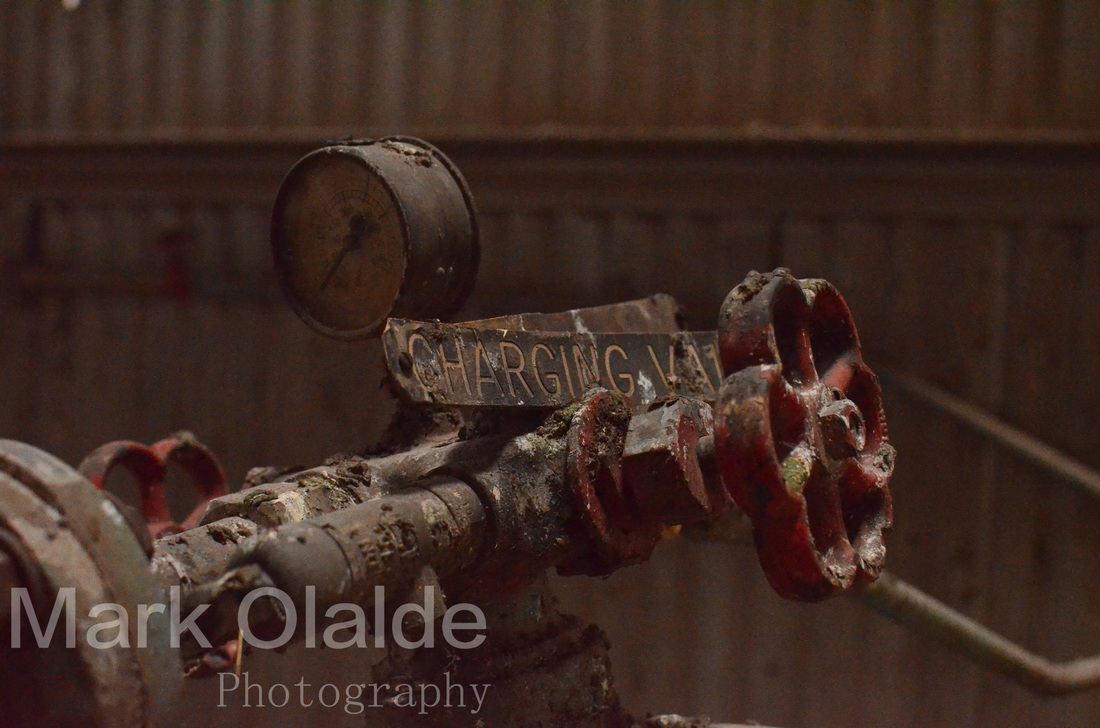
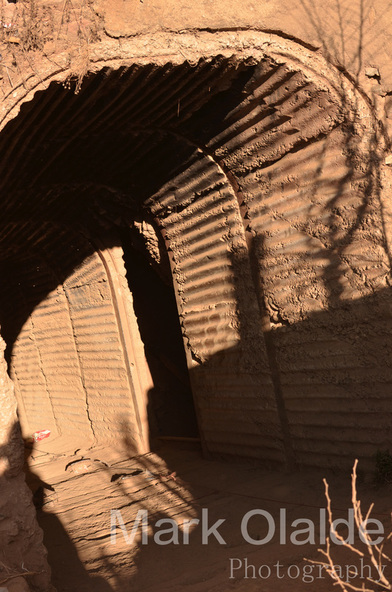
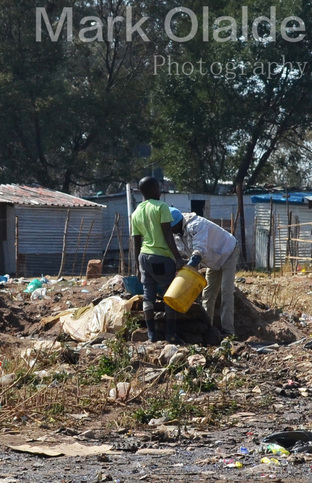
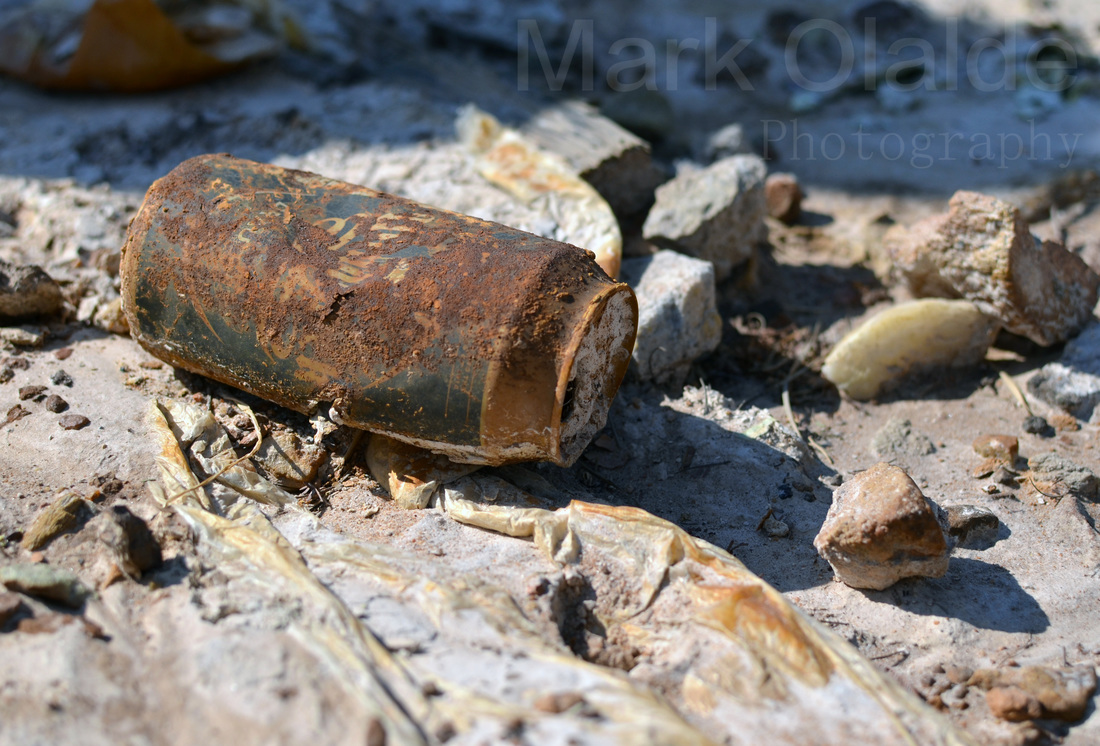
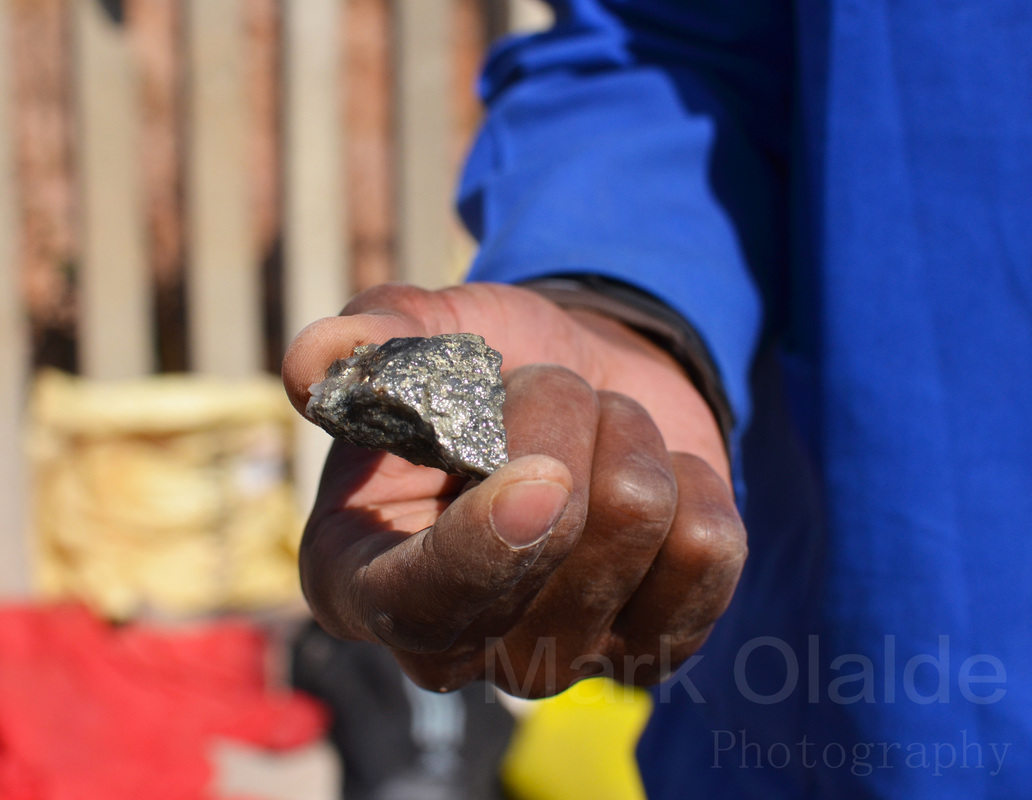
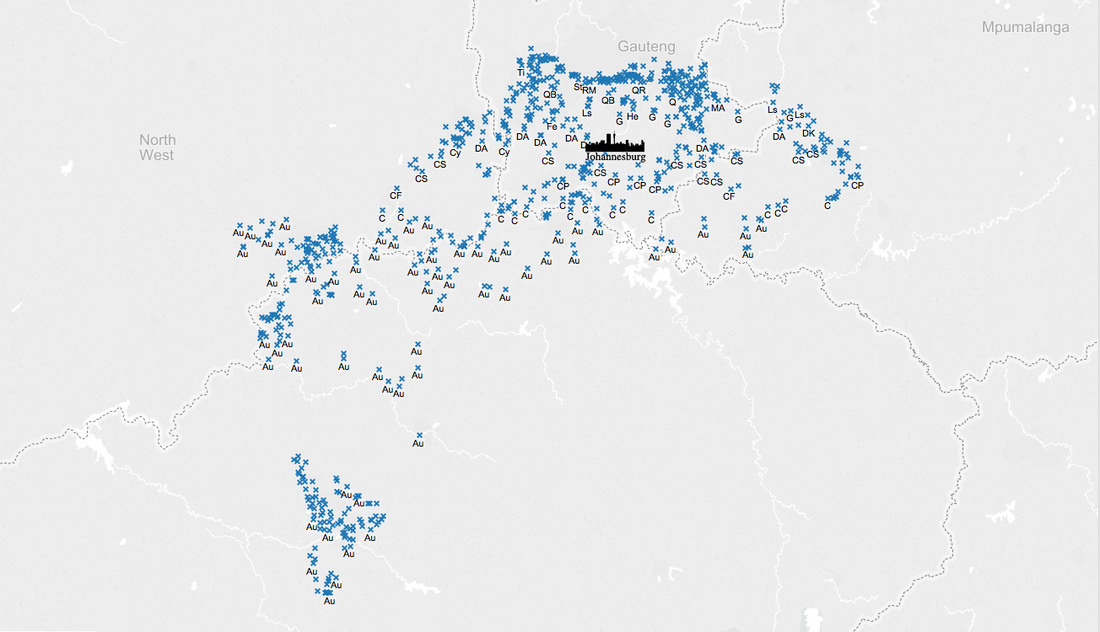
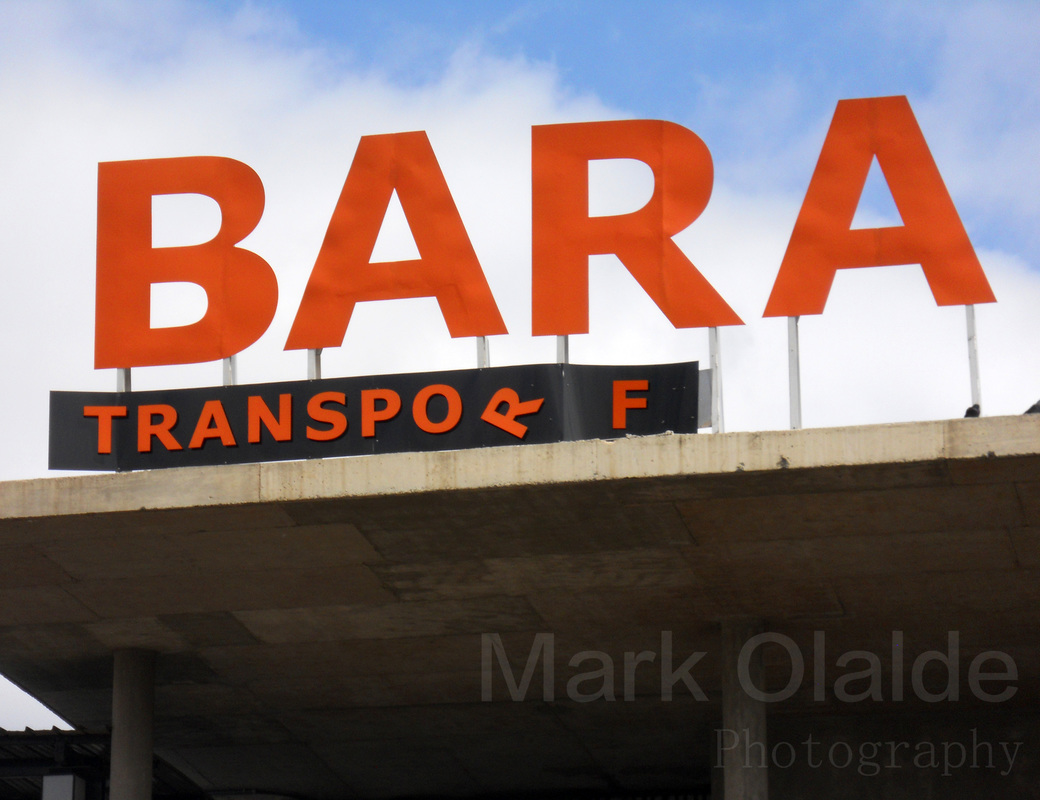
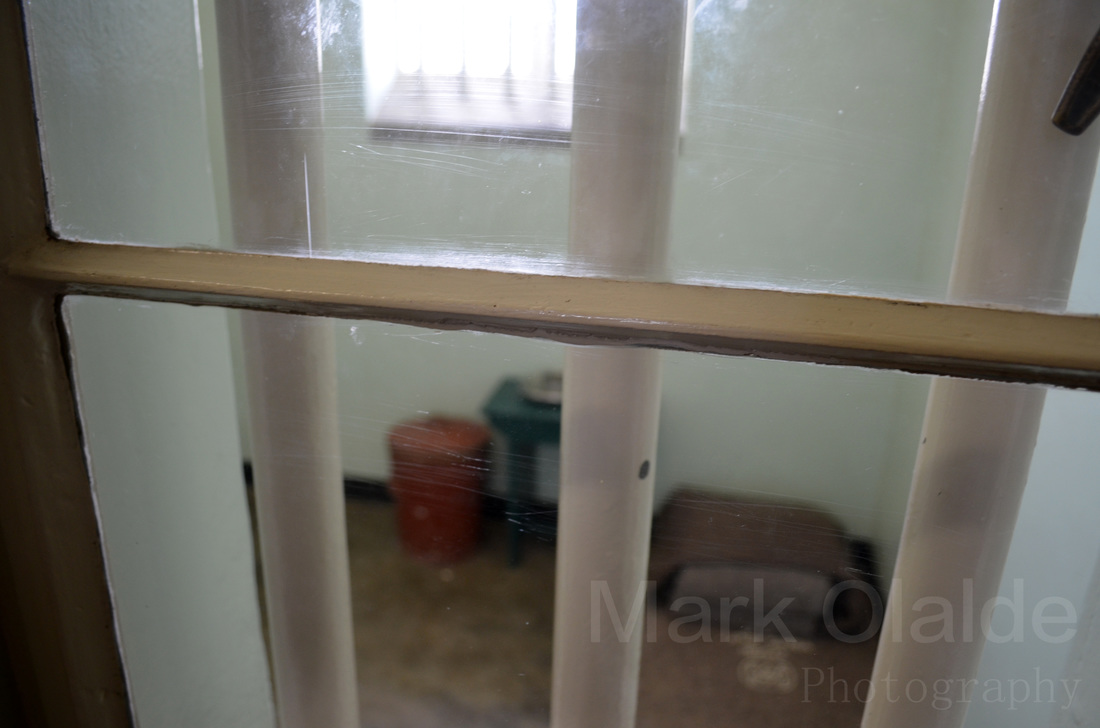
 RSS Feed
RSS Feed
